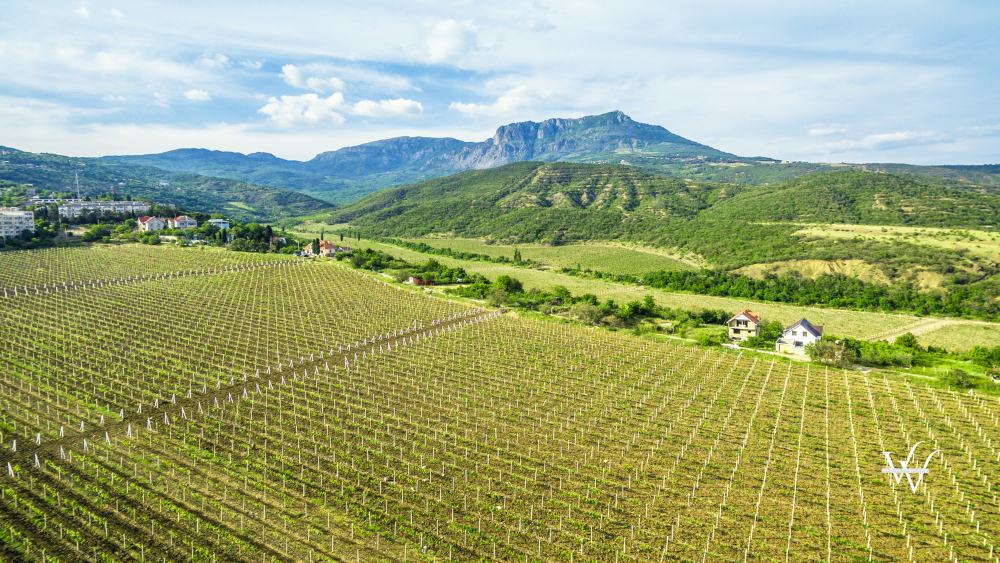Russian wine consumers are increasingly gravitating toward premium and farm-produced wines, according to a new report from Rosalkogoltobakkontrol (RATK), cited by RBC Vino.
While wines priced up to 600 rubles still account for the majority of sales, there is growing interest in unique, small-batch wines made by independent producers.
The report highlights a 12.4% increase in still wine production and a surge of over 36% in sparkling wine production over the past four years, reflecting a broader expansion of the domestic wine industry. In 2024, domestic wines accounted for 64.8% of retail wine sales, or 31.1 million decaliters, while sparkling wines made up 32.9% (15.8 million dal), and liqueur wines 2.3% (1.1 million dal).
The growing popularity of farm wines is linked to their exclusivity and trendsetting appeal. “Such farms produce unique wines in exclusive batches and set wine trends on the market,” noted the report. However, Igor Serdyuk, head of the Top100Wines ranking, stressed that the market share of small wineries remains marginal compared to large-scale producers like Kuban-Vino, Fanagoria, and Abrau-Durso.
Despite this, Serdyuk acknowledged a clear shift in consumer preferences toward better quality wines. “The trend of ‘drinking less, but better’ is noticeable,” he said. More buyers are choosing wines priced around 1,000 rubles or more, especially those offering good value and quality. Consumers are still price-sensitive but increasingly seek wines that they feel confident serving at social occasions.
Stylistically, Russian wine drinkers are leaning toward younger, fruitier, and fresher profiles. In whites, there’s growing demand for wines aged on lees rather than in oak, and in sparkling, wines made via the tank method (Charmat) are gaining favor as accessible alternatives to traditionally produced sparkling wines.
The Ministry of Agriculture reports that Russian wines make up about 58% of all wine retail sales nationally, and in some regions, such as the North Caucasus Federal District, this figure climbs slightly higher to 58.5%. Domestic wines are also seeing stronger placement in both retail chains and hospitality, with local wines representing up to 40–50% of offerings in supermarkets and up to 30% in sparkling wine categories.
While Russia’s wine industry continues to grow, a full market shift toward premium and farm wines may take time. Still, the rising interest signals a gradual evolution in Russian wine culture—one that favors quality, provenance, and individuality over volume.
Source: RBC Vino

